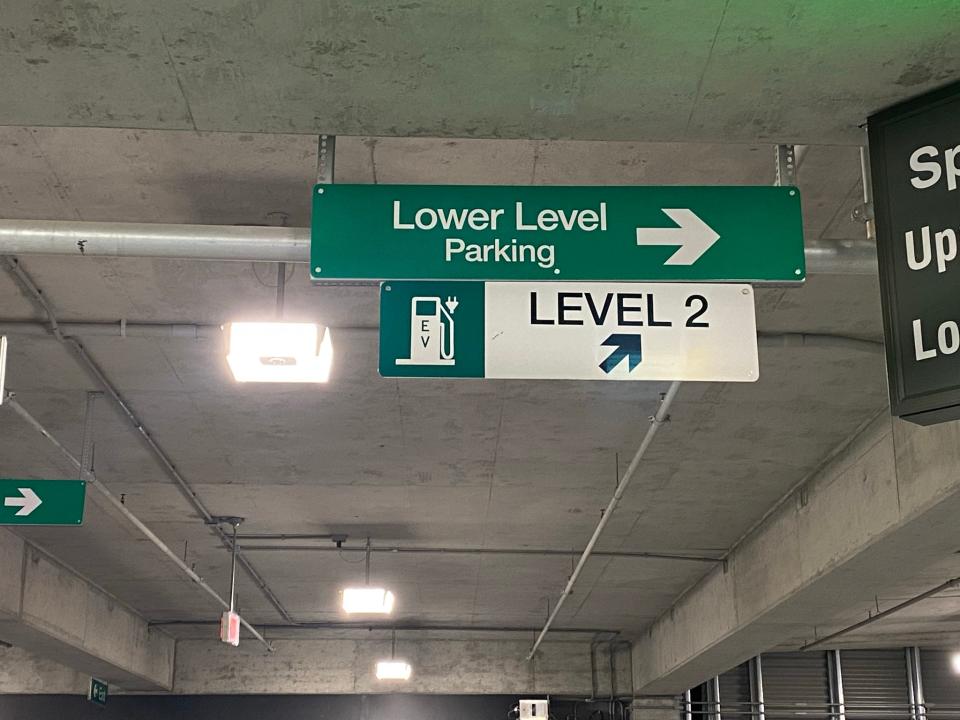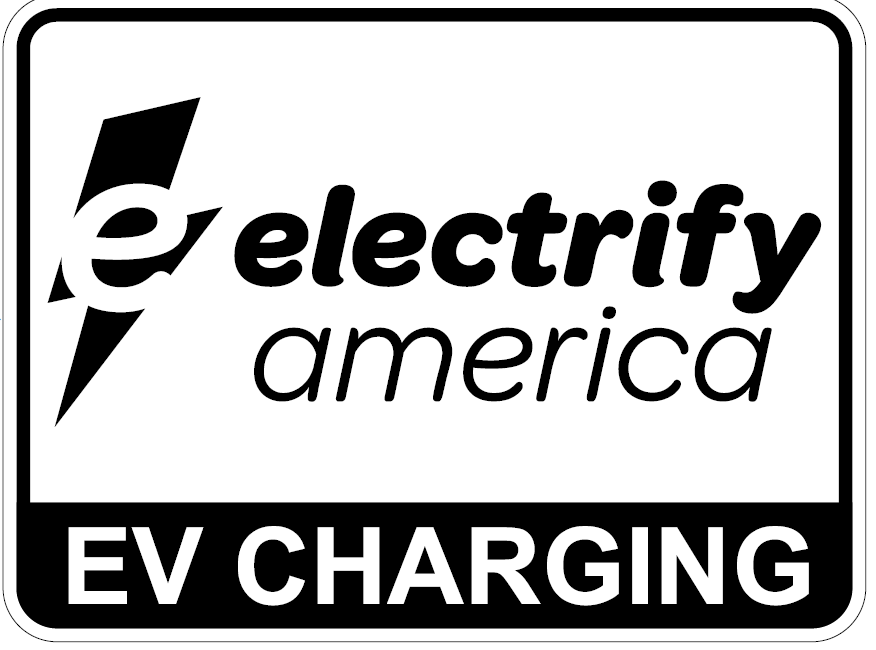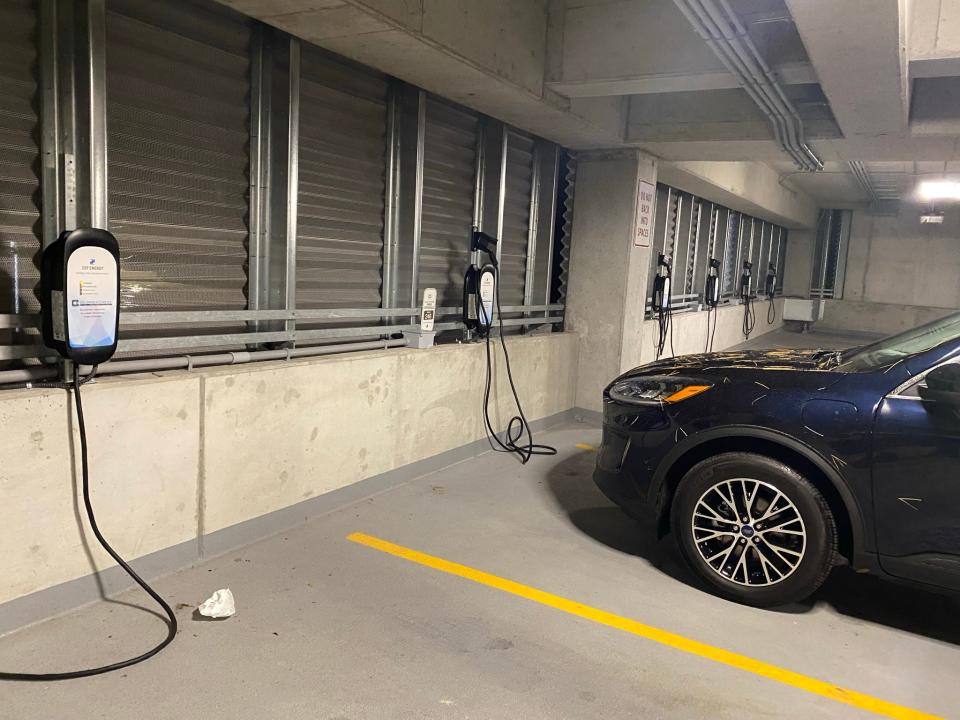Finding an electric vehicle charging station shouldn't be a scavenger hunt
I get emails regularly from readers saying they’ll never buy an electric vehicle because there’s no place nearby to charge it.
They’re nearly always wrong, but it’s not their fault: The electric vehicle charging industry does a miserable job letting people know where to find chargers.
“People are largely unaware of the existing EV charging infrastructure,” said John Voelcker, a journalist and analyst specializing in electric vehicles. “There are literally tens of thousands of public charging stations now, soon to be hundreds of thousands.”

► Sick of paying for gas?: Here's what to look for when shopping for your first electric car
Gas stations are impossible to miss. Every BP or Shell station has a lighted tower visible for miles, not to mention LED signs explaining prices for every fuel grade and how to pay. Not to mention brightly lit parking lots, restrooms and shopping plazas where you can get anything from a Coke and candy bar to souvenirs, elk jerky and a fresh, handmade sub. I’m not saying they’re good, but you’ll never go hungry on the interstate because you couldn’t find one.
Compared to that, finding an EV charger is a sadistic scavenger hunt. They lurk inside parking structures, at apparently random spots in public lots, behind car dealerships, on the least trafficked side of Meijer and Whole Foods. Snag a soda or use an adjacent restroom? Dream on.
► EVs: Biden's electric vehicle plan includes expanding charging stations. Is it enough?
Stop hiding the chargers
In one case near my house, a high-speed DC charger – the fastest, most desirable public charger – sits anonymously in what appears to be a Dunkin’ employee parking lot. A rank of six chargers in a nearby parking structure is denoted by a sign that’s not visible from the street: You can charge here, but don’t tell anybody. It’s a secret.

► I've gassed up three times since 2013: Electric cars are great, but there's a long way to go.
It’s enough to make you think the charging companies work for Big Oil. They don’t, but failure to promote their service is a significant obstacle to the widespread adoption of EVs.
“Part of the problem is that EV owners have apps to locate nearby stations, but people who don’t have an EV don’t even know the apps exist, much less the chargers,” said Chelsea Sexton, EV advocate and a consulting producer for the documentary “Revenge of the Electric Car.”
EV owners generally do most of their daily charging overnight at home, when they’ll pay a lower rate and there’s no rush: A level 2 charger is fine when you charge through the night.
More powerful DC fast chargers are important when people need to get back on the road quickly, said Andrew Fox, chairman and CEO of Charge Enterprises, which advises companies on charging.

► Electric vehicles: Who really needs an electric car with 500 miles of battery range? Nobody or maybe everyone
“Even with DC fast charging, it’s not a 5-minute process," he said. “What if there are four cars in front of you? We want fast chargers in as many places as possible. We need great marketing and we need big, lighted signs, and you need corner entry from the street.”
The days of a lone charger sitting in an empty corner of a parking lot must end. Gas stations make most of their profit on food, drinks, everything but gasoline, Fox said. Charging stations need to be similar, but with the financial benefit that drivers are paying for every minute their cars sit in the parking lot.
How to fix it
The infrastructure bill awaiting congressional action includes $7.5 billion to promote a national network for charging EVs. Not a single, government-owned network, but a collection of private and public entities putting up enough charging stations that availability ceases to be a concern.

Qualifications for the funds should include a few simple steps – and key information – that make it easy for people to find and use the chargers:
They should be easily visible from the street or highway.
Identify payment options and stations’ charging networks: Electrify America, EVgo, etc.
Disclose the What’s charging speed?
How many chargers are there?
How many are free now?
Charging can be complicated, but it’s not that hard to make it simple: Tell people where they can do it, how much it costs and how to pay.
Do that and make the stations common on the highways where people are farthest from their convenient evening recharge at home, and more people will be willing to consider an EV for their next car.
“Every station should do what you’d expect from a vending machine,” Sexton said. “What do you want? Potato chips? That’ll be 50 cents. Put your money here, the chips come out there.”
Contact Mark Phelan at 313-222-6731 or mmphelan@freepress.com. Follow him on Twitter @mark_phelan.
This article originally appeared on Detroit Free Press: Failure to promote EV charging stations curbs industry's growth

 Yahoo Movies
Yahoo Movies 